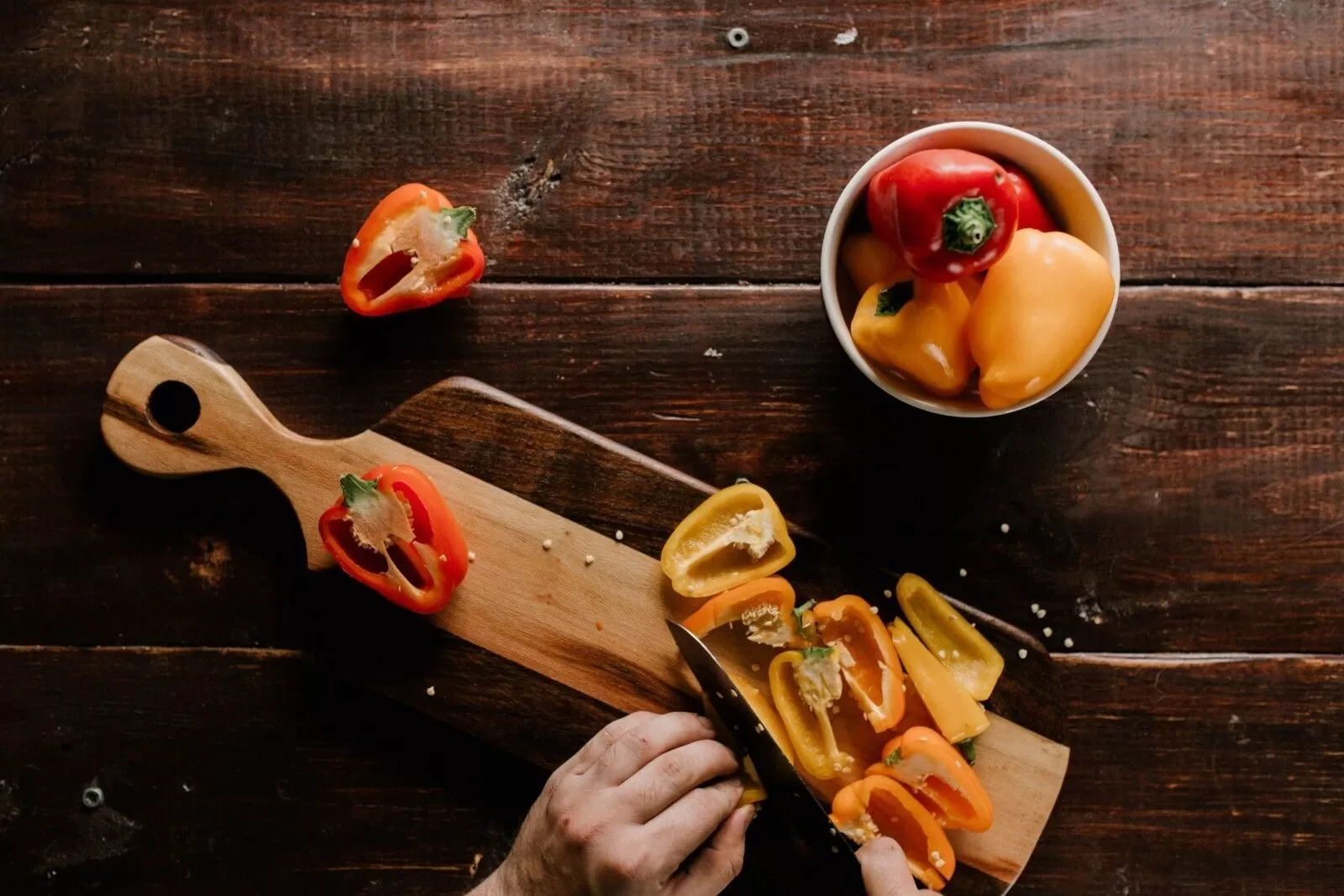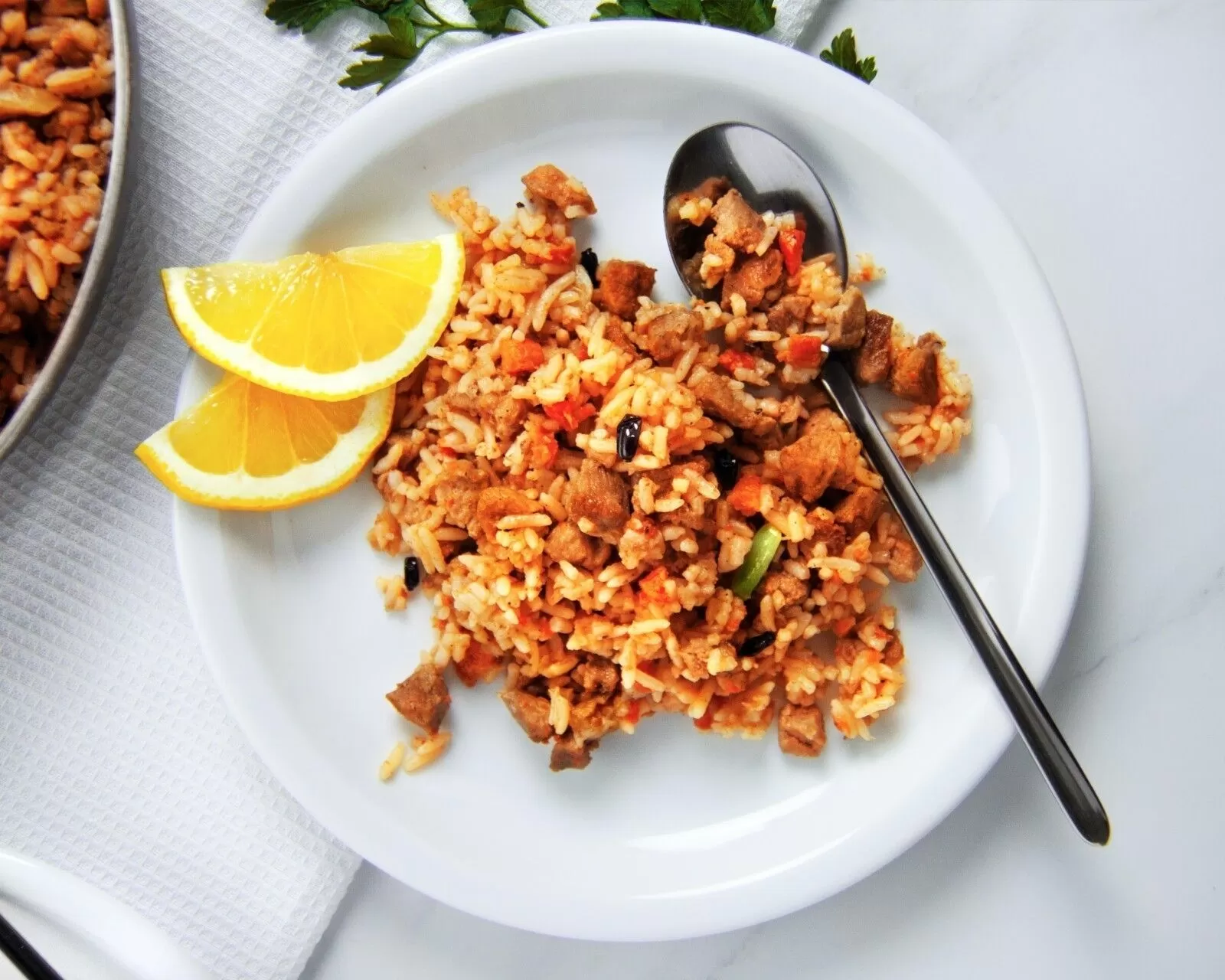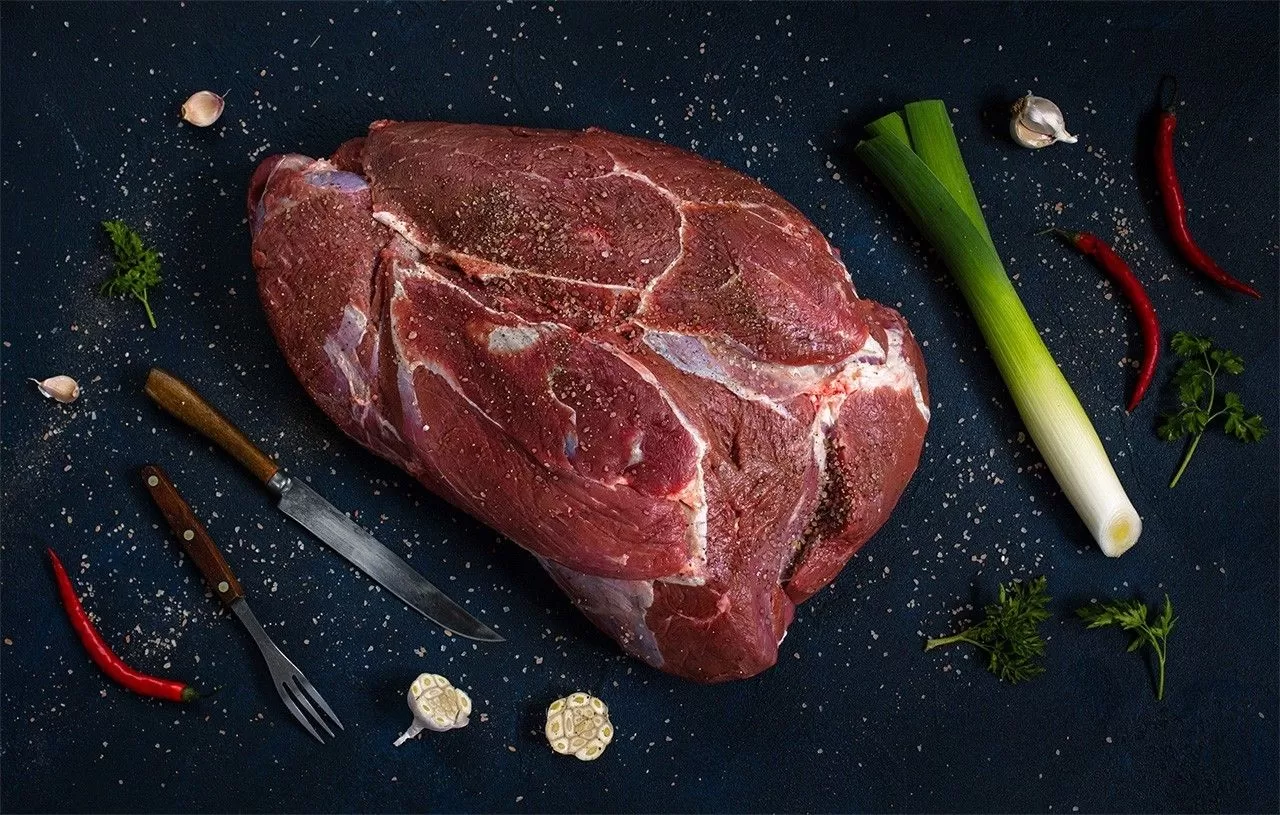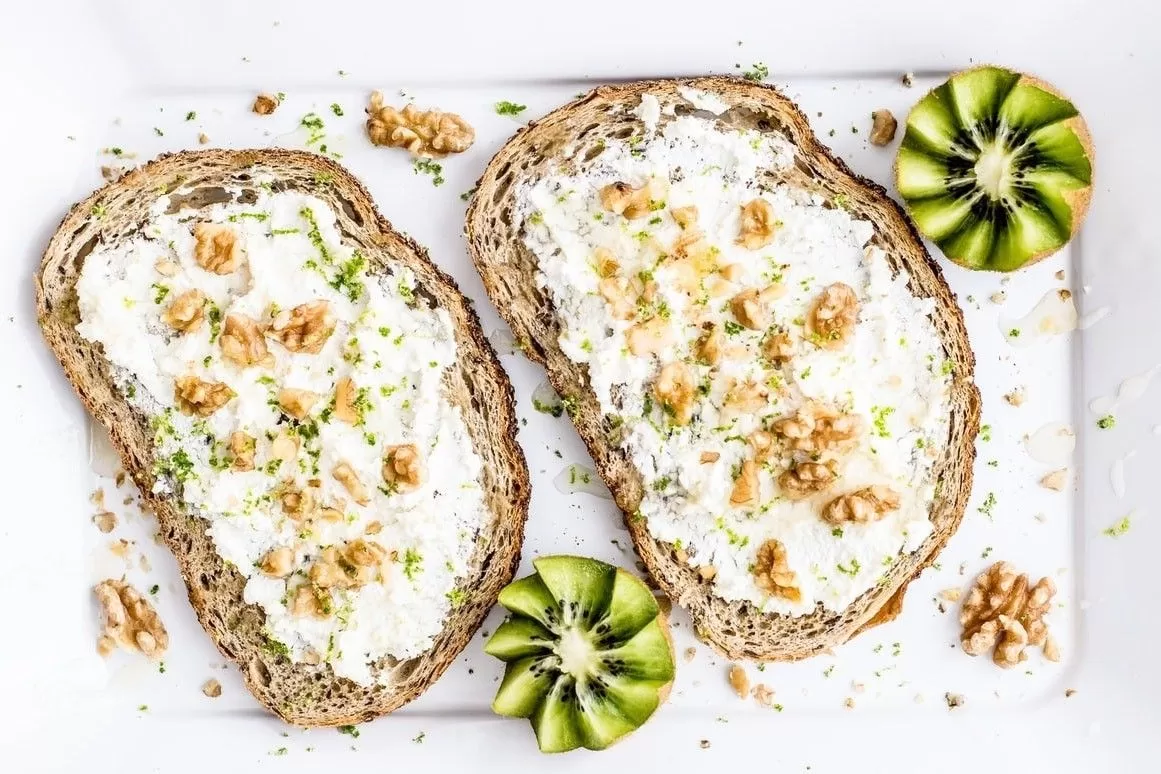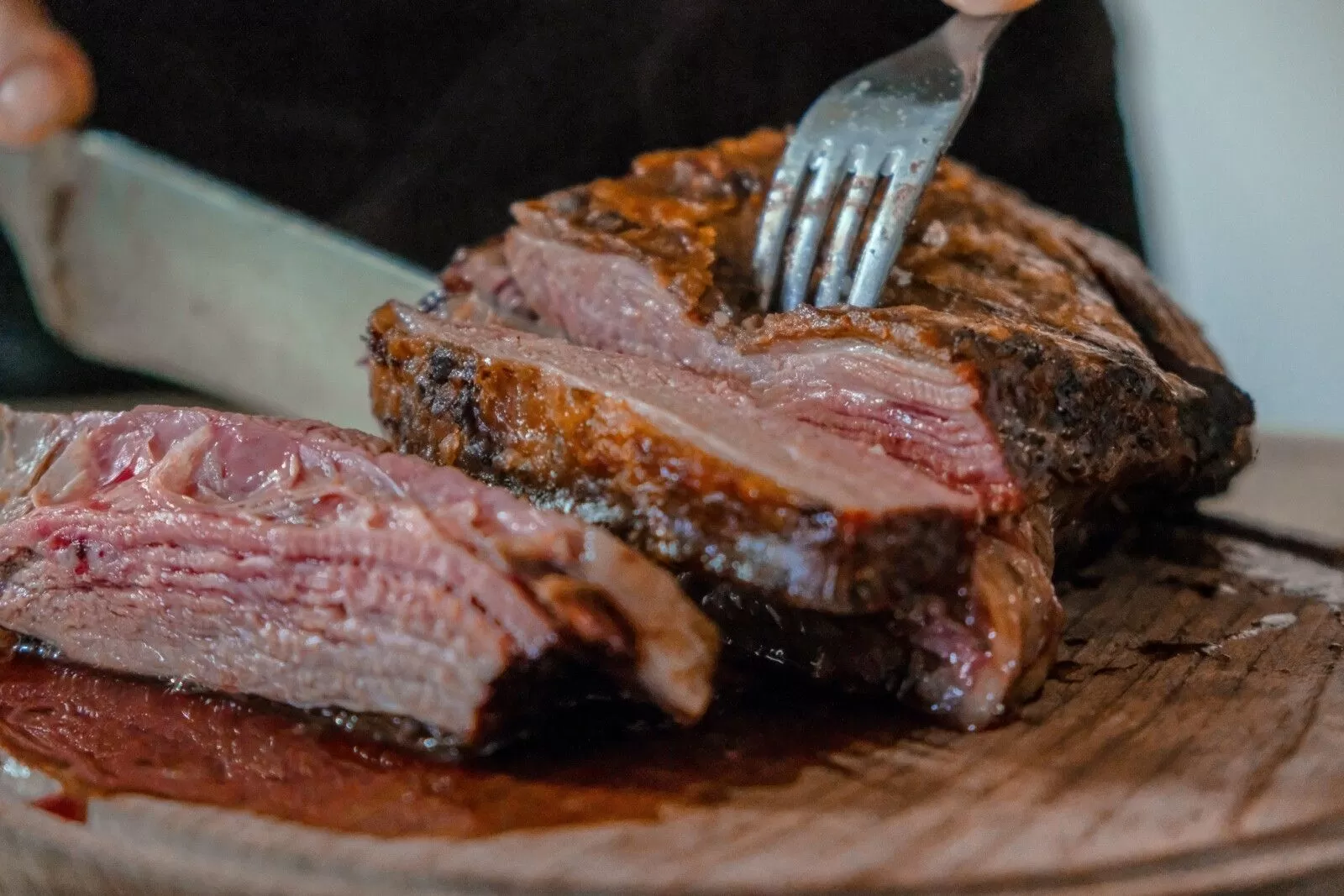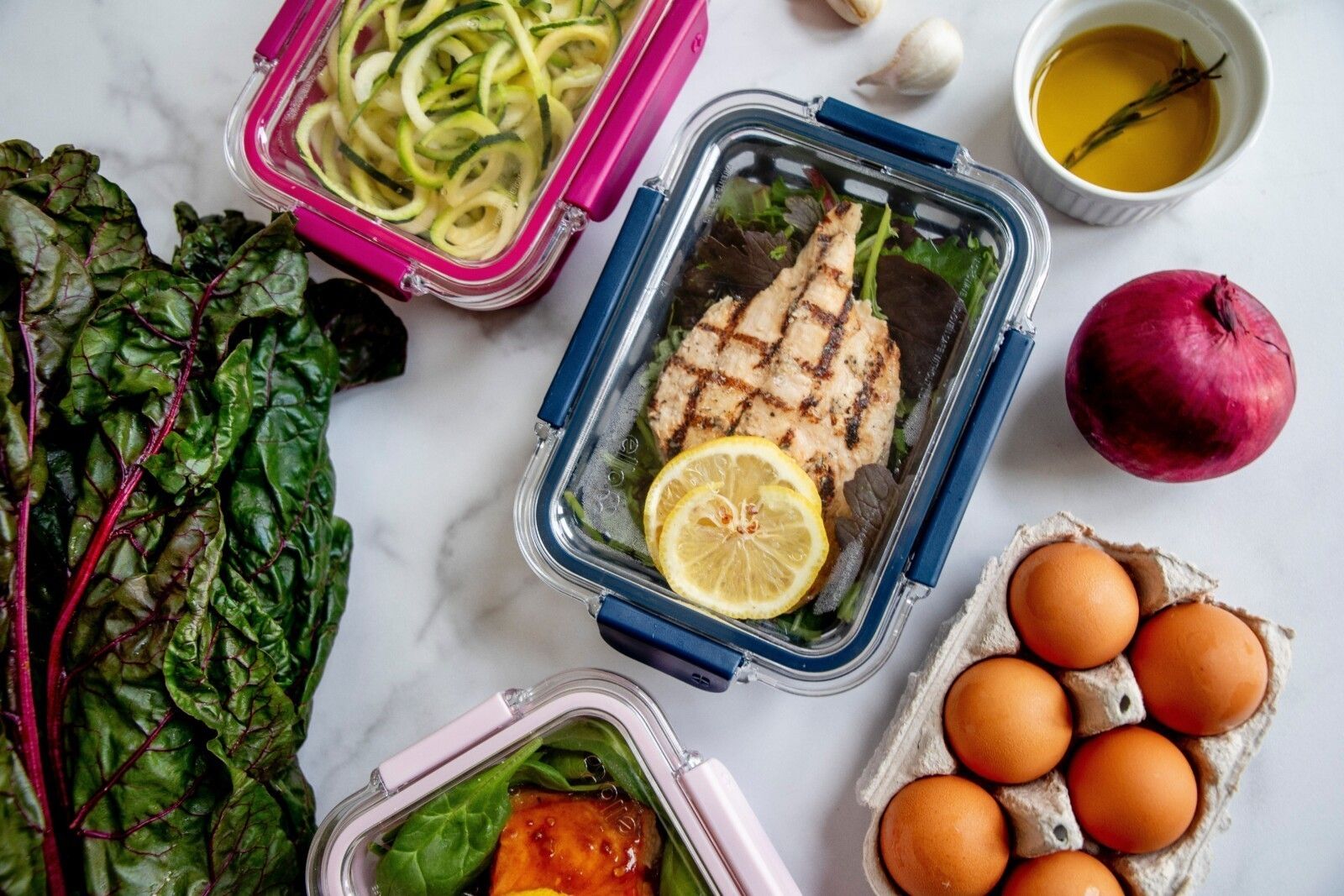
A balanced diet is a system in proportion to the correct use of healthy foods. The basis of such nutrition is proteins, fats, and carbohydrates. Every breakfast, lunch, or dinner must contain all three ingredients.
What is healthy food?
- fresh fruits
- fresh vegetables
- whole grain
- meat or fish
- legumes
- nuts
- dairy products
What is useless food?
- food fried in “bad” oil
- foods that contain significant amounts of salt and sugar
- trans fats
Proportional consumption of healthy and rejection of useless food is a balanced diet. Therefore, let’s talk about the proportions, what to eat and why it is generally essential to eat in moderation for everyone.
Proportions
Imagine that you have one plate on which you need to place all the healthy foods mentioned. How much food will we put there?
- 50% plate of fruit or vegetables
- 20% bowl of grains (buckwheat, rice, bulgur, or similar)
- 20% of a bowl of protein (meat, eggs, or beans, for example)
- 10% dairy products (kefir or milk)
If we do not put one of the elements of the system on the plate but fill the place with a large amount of another product, the body will not receive enough vitamins.
For example, if it is green, we do not receive enough vitamin C and folic acid, which helps the functioning of the blood-forming organs.
Or, if we did not put a protein product on the plate, the body did not receive amino acids — building blocks that help shape muscles and serve as assistants to the nervous system.
This is why the proportionality of the food on the plate is so important. Our body should get enough of everything. As soon as we do not receive something, we start to get sick. For example, if a child is malnourished with healthy food, he develops developmental or growth problems.
Number of calories
We figured out the proportions, now let’s talk about the calories that we consume. After filling half of a balanced plate with super-calorie avocados containing more than 160 kcal per 100 grams of product, we run the risk of gaining excess weight.
That is why it is essential to maintain a balanced diet and monitor what kind of products we take and with what we combine.
Look, on average, it is normal for an adult to consume 2000 calories per day. For 3 meals — 660 calories.
If our section for fruits, vegetables, and herbs is supposed to be 50%, then it accounts for 330 calories from the total allowed per meal.
Accordingly, for 330 calories, we can put 100 g of avocado (160 kcal) + 20 g of arugula (5 kcal) + 50 grams of tomatoes (8 kcal) + 50 grams of cucumbers (7 kcal) + 300 grams of baked pumpkin (70 kcal) = 250 grams. The remaining 80 kcal can be filled with fruit. Let’s say 120 grams of grapes that will cover the remainder.
Filling the other half of your plate is easy. For example, add 100 grams of baked pork (255 kcal) + 80 grams of corn porridge (45 kcal) + 100 ml of kefir (36 kcal). So a balanced plate is ready, which contains all the necessary valuable elements and the right amount of calories.
What is the secret of the trend?
It’s pretty challenging to make such a diet every day, don’t you agree? Count calories, buy different foods, and cook them. Despite this, the trend towards balanced nutrition is sweeping with the wind. And all thanks to the fact that it works.
Some studies show that eating a balanced diet can prevent up to 80% of premature heart disease and stroke. It also helps you lose weight.
Also, do not forget about the psychological factor. Such a diet does not prohibit anything (of course, except for harmful foods). Therefore, you can mix products and enjoy their variety. You don’t need to force yourself to eat fish if you don’t like it. But you can replace it with any other protein — beans, nuts, or meat.
Therefore, remember, by consuming healthy, natural products, you take care of your health and save on treatment, which is inevitable in case of improper diet.

